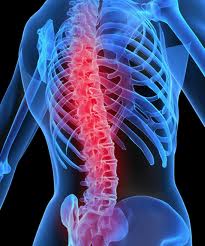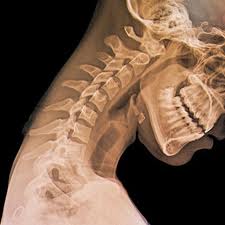Physiologic and Training considerations for Osteoporosis
Osteoporosis is a decrease in the calcification or density of bone as well as reduced bone mass, and increase in the space between bones, resulting in porosity and fragility.
Training considerations for Osteoporosis

- Maximal oxygen uptake and ventilatory threshold is frequently lower as a result of chronic deconditioning.
- Gait and balance may be negatively affected, which point towards need of low-intensity, weight supported exercise programs that emphasize balance training.
- Chronic vertebral fractures may result in significant lower-back pain.
- Age, disease, physical stature, and deconditioning may place the client at risk for falls.
- For clients with severe osteoporosis, exercise modality should be shifted to water exercise to reduce risk of loading fracture.
Basic Exercise Guidelines for Osteoporosis

| Mode | Treadmill with handrail support |
| Frequency | 2–5 days per week |
| Intensity | 50–90% of maximal heart rate. Stage I cardio respiratory progressing to stage II |
| Duration | 20–60 minutes per day or 8–10 minute bouts. |
| Assessment | Push, Pull, Overhead squat, or sitting and standing into a chair. |
| Flexibility | static and active stretching |
| Resistance training | 1–3 sets of 8–20 reps at up to 85% on 2–3 days per week. |
Special Considerations
Progression should be slow, well monitored, and based on postural control.
Exercises progressed if possible toward free sitting or standing. Focus on hips, thighs, back, and arms.
Avoid excessive spinal loading on squat and leg press exercises.
Back to Special Populations
